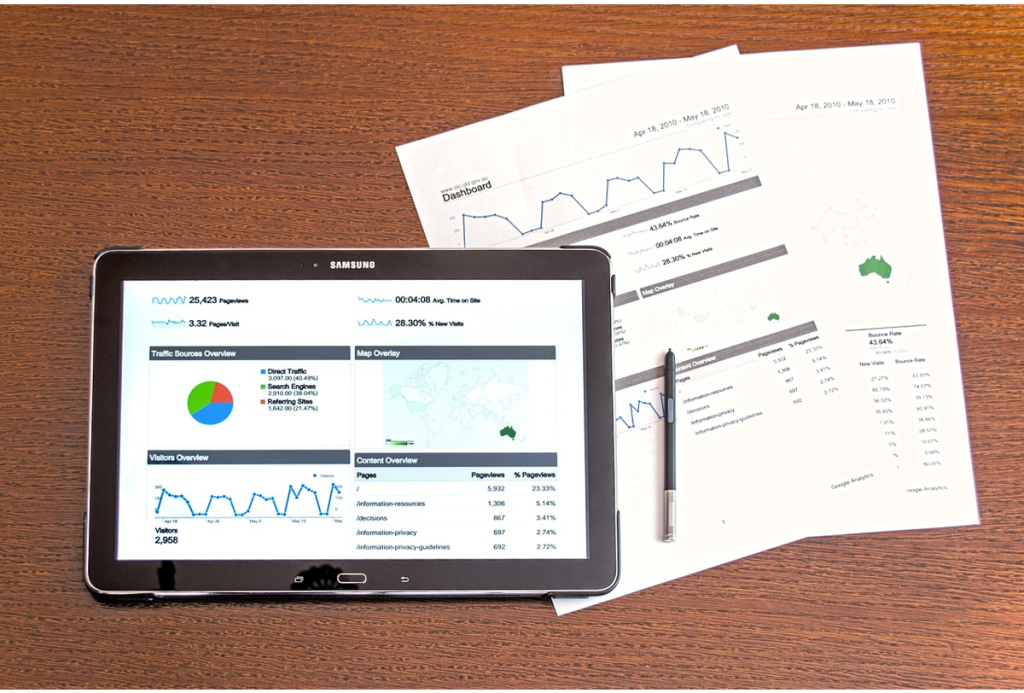You’ve probably heard about a business plan. But what is it exactly? When should you create one? And why do you need one?
A business plan is an overview of your business. It explains what your business does, what it sells, and who the key staff are.
It’s also a summary of your goals for the business and how you’re going to achieve them. These short- and long-term goals include marketing, financial and operational goals.
Your business plan should also include forecasts, information about your industry and your place in it.
There are templates available if you don’t want to start from scratch, but you should customise them. The six main features are:
1. Executive summary
This is the overview of your business. You can include its mission statement, what it does, where it’s located, the names of the executives and key employees.
2. Product list
Provide an overview of what products your business sells now, and plans to sell in the future.
3. Market position
Explain your industry and where you fit in. This section should also justify your financial projections.
For example, if you’re a real estate agent, outline the current state of your local housing market and what property forecasters predict will happen in the next year or two. Then explain how those changes will impact your business and projected growth.
4. Marketing strategy
Write about your advertising or marketing campaigns and what you achieved from them.
Then detail any proposed marketing campaigns, and how they’ll help your business win and retain customers.
5. Financial position
Give a brief overview of your key figures and performance indicators, like total assets, turnover and gross profit margin.
Also include a budget and a cash flow forecast for the next one to three years. The figures should be realistic based on your current trading figures, marketing strategy and market position.
Check that your plans match up – if you propose a new advertising campaign as part of your marketing strategy then make sure the expense is reflected in your budget and cash flow projection.
5. Financial position
Give a brief overview of your key figures and performance indicators, like total assets, turnover and gross profit margin.
Also include a budget and a cash flow forecast for the next one to three years. The figures should be realistic based on your current trading figures, marketing strategy and market position.
Check that your plans match up – if you propose a new advertising campaign as part of your marketing strategy then make sure the expense is reflected in your budget and cash flow projection.
6. Business value
If you’re drawing up a business plan for an investor, you can also include an estimated value of your business and how you calculated it.
How long should your business plan be?
That depends on your business and how long you’ve been trading. There are no set rules, but try to be clear and concise.
You can provide supporting documents like marketing brochures, financial statements, and any patent or trademark applications as an appendix.
Why do you need a business plan?
A business plan helps you set targets for your business and keeps you focused on those targets. It also shows senior staff what they should prioritise.
Lenders and investors require a business plan to assess the value of your business. They then use this information to assess whether to offer your business credit or invest in your business.
If you want to sell or grow your business, then following a business plan can help keep you on track.

